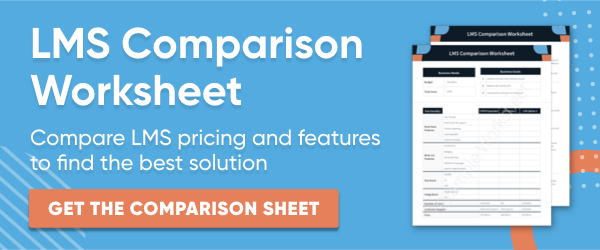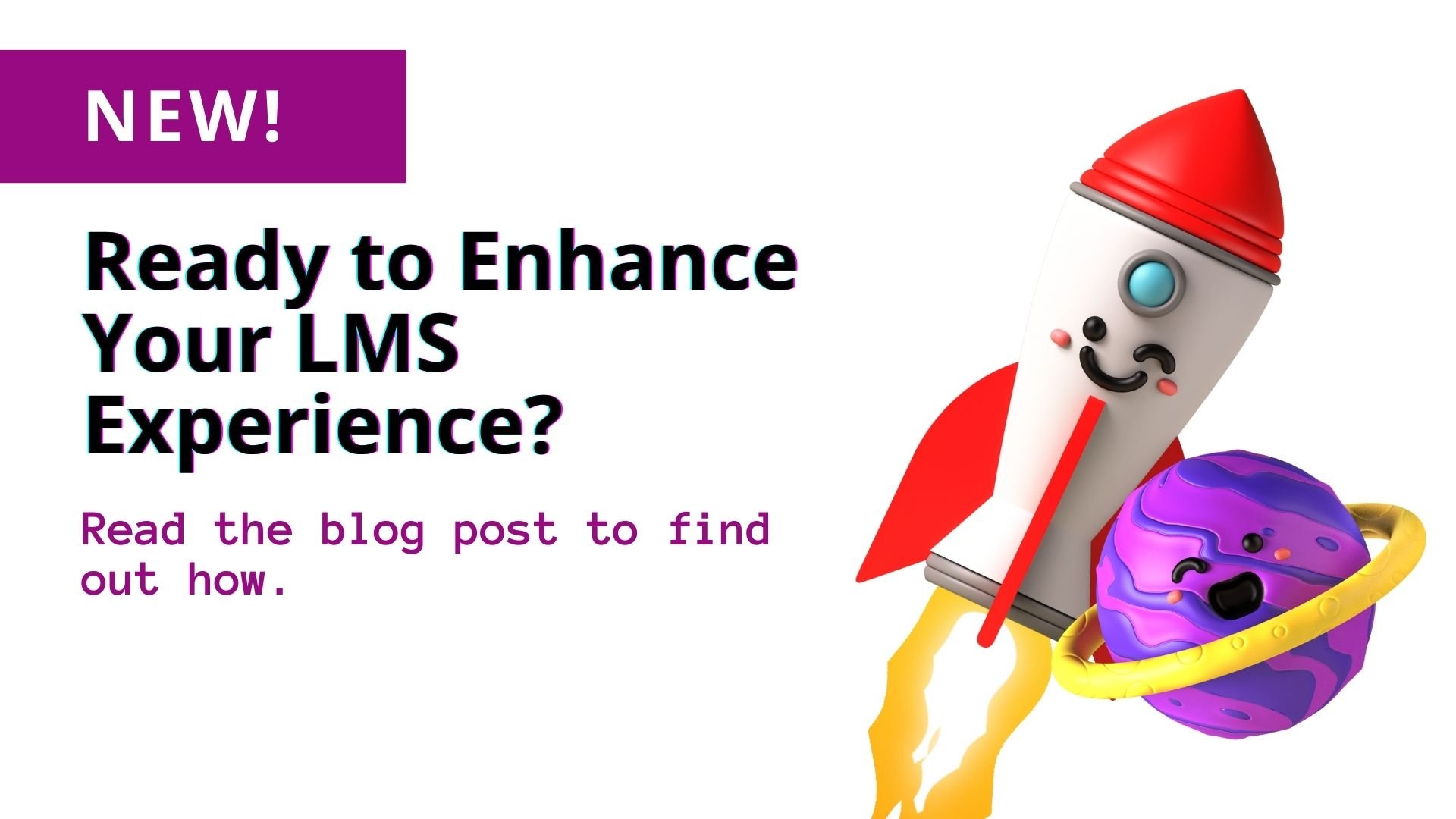LMS integration features are critical to the long-term success of a corporate eLearning plan. However, it is common to overlook integration features during the LMS selection process. Corporate leaders in charge of LMS selection must balance cost concerns with content capabilities, all the while ensuring that the system will meet the needs of various users in different departments. Integration is easy to overlook in light of other pressing concerns.
However, according to a study conducted by the Brandon Hall Group¹, the number one cause for dissatisfaction with LMS systems is the inability to integrate with multiple systems. Organizations surveyed found that lack of integration features was a greater problem with their LMS than either poor user experience and poor analytics capabilities.
Considering integration when selecting an LMS can help to ensure streamlined instruction and a seamless user experience. These are essential factors in overall satisfaction of end users.
.jpeg?width=449&name=pexels-photo-207582%20(1).jpeg)
LMS integration features to consider include:
1. Single Sign On (SSO)
SSO refers to the ability to access multiple applications, networks, or resources after signing in one time, without the need to log in to each application individually. An SSO is convenient for LMS users, as it reduces friction, and can allow them to hop on the LMS with convenience and ease. The initial user login is verified by one resource – the ‘identity provider’ - and the login is carried forward to the LMS – the ‘service provider’.
It is important, when selecting your LMS, to understand which protocol is used by your internal systems to verify user credentials, and ensure that the LMS you are considering has integration capabilities with that particular protocol.
2. Application Programming Interface (API)
APIs use definitions, tools, and protocols to allow two separate systems to communicate with one another, with the API acting as translator. When selecting an LMS, it is vital to understand APIs to ensure that the LMS integrates with critical business systems. The LMS should also integrate with all the different systems needed to access training in different ways: desktop applications, mobile applications, and browser-based applications.
To select an LMS platform that users will enjoy, and that will support current and future training needs, it is important to consider how content will be accessed, by whom, and what types of content should be available, and then ensure that the LMS of choice will support integration with all these variables.
Related Reading: No LMS Is Complete Without Experience API Functionality
3. Webhooks
Webhooks are real-time notifications of specific events occurring inside the LMS. For example, if a user completes a course, or fails an exam, their trainer or manager can be notified immediately via webhook.
Webhooks can either be simple notifications, informational updates to an interested party, or they can trigger a specific action in a separate application. When a user completes a course, a webhook can send a congratulatory email, or add the next class to the employee’s calendar.
Ensuring that a new LMS solution can integrate with critical business systems is vital to the overall success of the selected system, both in front-end user experience and in back-end content creation and learner tracking and reporting. To maximize the success of a new system, LMS integration features must be verified and discussed early in the selection process.
To learn more about an LMS that integrates with critical business systems, schedule a TOPYX LMS demo.
References
¹ http://www.brandonhall.com/, “Learning Technology 2017 Study”








